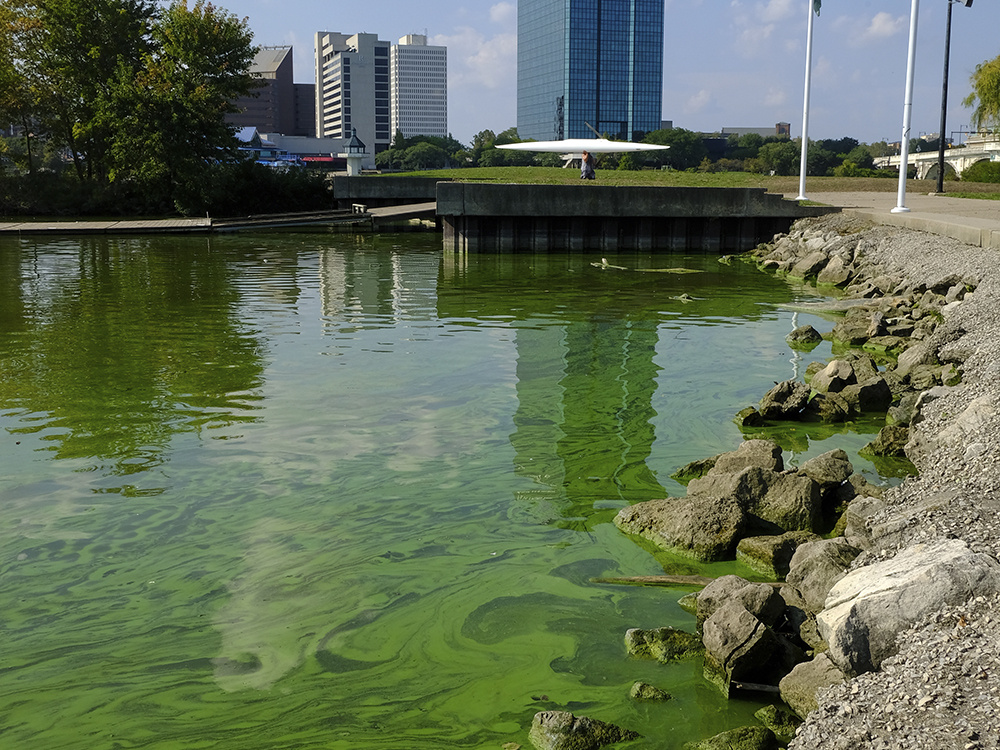
Hi all…a national survey entitled “Surveillance for Harmful Algal Bloom Events and Associated Human and Animal Illnesses — One Health Harmful Algal Bloom System, United States, 2016–2018” has recently been published.
“The growth of harmful algal blooms in fresh and marine bodies of water is an emerging public health issue. People and animals can get sick if they are exposed to harmful algal blooms, but there has been limited data on how common they are and the overall health impact. A new CDC report shows that from 2016–2018, 18 states reported 421 harmful algal blooms, 389 human illnesses, and at least 413 animal illnesses linked to harmful algal blooms. Many of the animals (89%)—including pets, livestock, and wildlife—died after coming in contact with harmful algal blooms. The first release of data from CDC’s One Health Harmful Algal Bloom System underscores how important it is for human health, animal health, and environmental health partners to work together to understand the scope and severity of these events and prevent illnesses from harmful algal blooms.”
I found it interesting that while the authors make a good case for collaboration among “epidemiologists, environmental health practitioners, public health laboratorians, and health communicators…and other stakeholders, such as academics, parks and recreation professionals, and citizen scientists,” drinking water professionals were not mentioned. While they approached cyanobacteria and their toxins from an environmental exposure viewpoint it is perhaps not well known that many drinking water utilities/organizations can be an incredible resource with information about intake and reservoir monitoring, source water protection planning, and historical data in terms of water quality/characteristics and detections (of not only toxin presence but also taste and odour compounds such as geosmin and 2-methlyisoborneol [MIB], which are other indicators of blooms).
The survey should be freely accessible.
Bill_________________________________________________________
Surveillance for Harmful Algal Bloom Events and Associated Human and Animal Illnesses — One Health Harmful Algal Bloom System, United States, 2016–2018
Roberts VA, Vigar M, Backer L, et al.
MMWR / December 18, 2020 / Vol. 69 / No. 50
Morbidity and Mortality Weekly Report (MMWR) 2020;69:1889–1894. DOI: http://dx.doi.org/10.15585/mmwr.mm6950a2external icon.
Summary
“What is already known on this topic?
Harmful algal blooms occur in fresh, brackish, and salt water throughout the United States. They can affect human and animal health and have ecological and economic impacts.
What is added by this report?
Eighteen states adopted use of the One Health Harmful Algal Bloom System and entered 421 reports during 2016–2018, including information about 389 human illnesses and at least 413 animal illnesses associated with harmful algal bloom events.
What are the implications for public health practice?
Information about harmful algal bloom exposures and health effects support efforts to detect these events and mitigate and prevent associated illnesses. Human, animal, and environmental health partners can work together to document the occurrence and impacts of harmful algal bloom events and characterize associated illnesses.”
________________________________________________________





